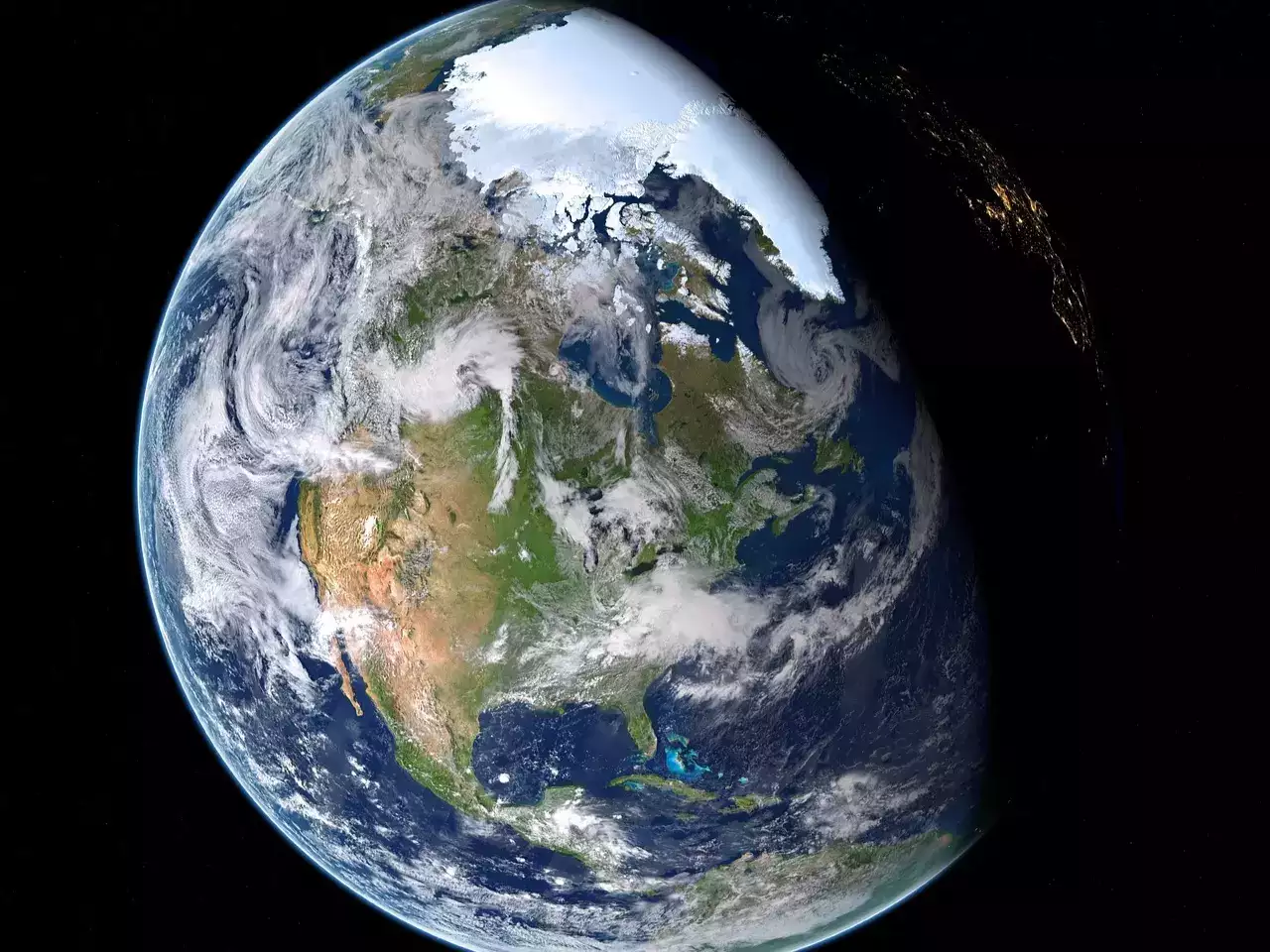Title: Recent Research Sheds Light on the Mysterious Birth of the Moon and Earth’s Interior Composition
For centuries, scientists have been intrigued by the perplexing mystery surrounding the birth of the Moon. The prevailing theory suggests that 4.5 billion years ago, a colossal collision occurred between the young Earth, known as Gaia, and a Mars-sized proto-planet named Theia. This cataclysmic event resulted in the formation of the Moon from the debris generated by the impact.
However, the composition similarities between Earth and the Moon have long cast doubt on this conventional theory of lunar genesis. Some scientists have conjectured that the materials on Earth may have been thoroughly mixed in the aftermath of this cosmic clash. Yet, definitive evidence to support this hypothesis has been lacking. Thankfully, recent research has provided some crucial insights into these enigmatic theories.
By utilizing an innovative computational fluid dynamics approach called Meshless Finite Mass, researchers have successfully simulated how materials on and within the Earth may have blended and diffused following the massive impact. Intriguingly, the team has discovered that the upper mantle of the Earth underwent a transformation, forming a molten ocean that contained materials from both Gaia and Theia. Conversely, the lower mantle has remained relatively unaffected.
This division within the mantle may still persist to this day. The lower mantle of the Earth could predominantly consist of Gaian materials from before the impact, characterized by a distinct elemental composition featuring higher silicon content compared to the upper mantle.
Contrary to the previous notion that the Earth became more uniform after the Moon-forming collision, this significant event may have introduced heterogeneity within the early mantle, laying the groundwork for the Earth’s geological evolution over the past 4.5 billion years.
Another mystery within the depths of Earth pertains to the origin of Large Low Velocity Provinces (LLVPs), which are distinct regions extending for thousands of kilometers at the base of the mantle. These regions significantly slow down the speed of seismic waves passing through them, yet their origins have remained shrouded in secrecy.
The researchers propose that LLVPs may have evolved from Theian materials that infiltrated Gaia’s lower mantle. After examining previous simulations of giant impacts and conducting new, high-precision simulations, the research team has uncovered that a substantial amount of Theian mantle material, equivalent to approximately 2% of Earth’s mass, made its way into Gaia’s lower mantle. This dense, iron-rich material from Theia eventually sank to the deepest parts of the mantle, solidifying into the stable LLVP regions over the course of 4.5 billion years of geological transformations.
All in all, the remarkable diversity within Earth’s interior presents intriguing implications. This newfound understanding not only deepens our knowledge of mantle evolution, supercontinent history, and tectonic plate dynamics but also offers insights into the ancient Earth, Gaia, and Theia, enlightening the entire narrative of solar system formation.
Moreover, this fresh understanding of Earth’s profound heterogeneity also provides additional clues about the formation of notable features like Hawaii and Iceland, which likely originated from mantle plumes—elongated, upward-moving thermal currents driven by mantle convection. Geochemists have discovered that these regions contain components that deviate from the typical surface materials, uncovering remnants of heterogeneity within the deep mantle dating back over 4.5 billion years.

I have over 10 years of experience in the cryptocurrency industry and I have been on the list of the top authors on LinkedIn for the past 5 years.

